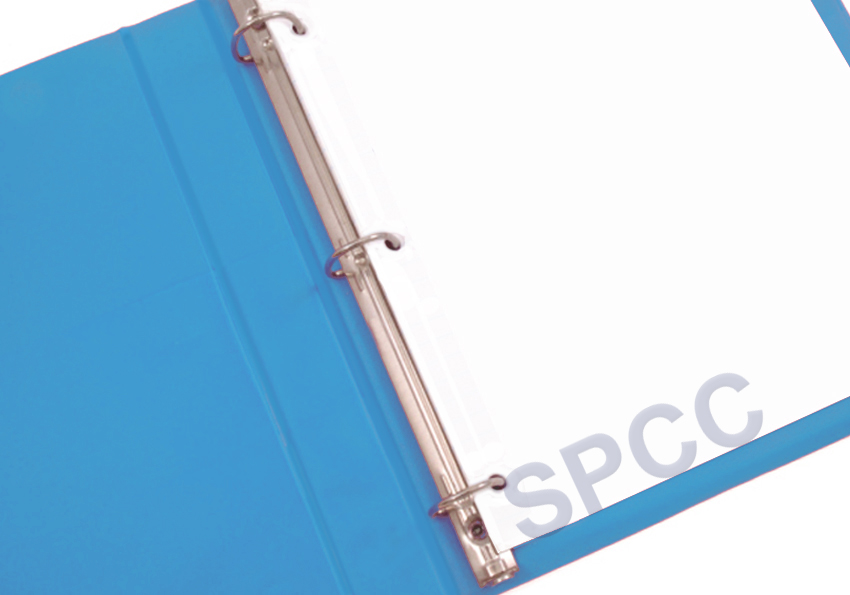 |
As we look ahead to a new year full of opportunity, many owners/operators may also be ramping up to make changes to their facilities to improve production or expand operations or storage capacity. For non-transportation-related facilities covered by the U.S. Environmental Protection Agency’s (EPA) Spill, Prevention, Control, and Countermeasure (SPCC) regulations under the Oil Pollution Control Act, such changes may also require amending their SPCC Plan accordingly.
The first thing to understand about amending an SPCC Plan is whether the change can affect the facility’s overall potential for an oil discharge. The EPA mandates that any “material change,” including facility design, construction, operation, or maintenance changes, may require amendments to an SPCC Plan. A few examples of these changes include:
- Commissioning new or decommissioning old oil storage containers,
- Replacing, reconstructing, or moving oil storage containers,
- Piping system installation, reconstruction, or replacement
- Activities that could impact secondary containment (i.e., construction/demolition)
- Product and/or services changes
- Procedural changes such as to operation and maintenance
Simplify SPCC compliance with the NEW TRAC360 platform. In just a few minutes, see how easy it is to create compliant plans and checklists, train your team, and find answers to all your SPCC questions. Learn More.
In the event that a facility has or plans to implement any material changes, SPCC Plan amendments must be prepared within 6 months of the change and implemented immediately, or within 6 months after preparation of the amendment.
Regarding container decommissioning and replacement amendments, there are additional things to keep in mind. For example, if decommissioning a container results in permanent closure of that container, it could also lower a facility’s potential for a discharge to the point that a facility may no longer meet the regulatory requirement for SPCC planning. Similarly, a new container that replaces another one and is identical in quality, capacity, and number may not be considered a material change. However, replacement with one or more containers that increase the facility’s storage capacity is considered a material change and does require an amendment.
Also important to consider is whether a change in the type of product stored in a container is a material change. Basically, it is considered a material change if it materially affects operations at the facility. One such case might be when the change involves additional hazards, such as when asphalt is replaced by gasoline, increasing the potential for fire and explosion, as well as increased stress on a container that could lead to failure.
On the other hand, changing from one grade of gasoline to another grade may not have increased hazards or discharge potential associated with it, and thus, may not be considered a material change. The EPA Regional Administrator (RA) should be contacted for clarification.
The Ultimate SPCC Compliance Tool
TRAC360 for SPCC is a powerful application that simplifies compliance with EPA’s Spill Prevention, Control, and Countermeasure rule. Whether you need help creating your facility-specific SPCC plan, writing inspection checklists for your tanks, or training your oil-handling workforce, TRAC360 is there to help. Learn More.
Although EPA approval of a plan amendment is not specifically required, the EPA RA can require additional amendments if the amendment does not meet all the requirements of the SPCC Plan rule. Since it is the responsibility of the RA to follow good engineering practices, owners/operators should be sure that amendments provide equivalent protection of the environment. This may include deviations such as innovative techniques approved by a professional engineer (PE) to achieve equivalent protection of the environment but, in all cases, the RA has the authority to require additional amendments. To review the regulatory requirements that apply to SPCC Plan amendments, owners/operators can consult 40 CFR 112.5.
While these amendment scenarios apply to known changes, additional requirements will apply in the event of a single discharge of more than 1,000 gallons of oil or more than 42, gallons of oil in each of two discharges within a 12-month period as defined in 40 CFR 112.1(b).
